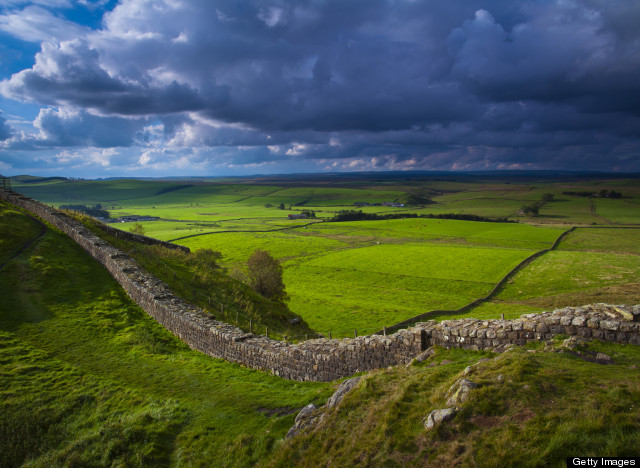31 August 2012
The skeleton was found two years ago in a shallow pit in the corner of a barrack room floor at Vindolanda Roman fort.
As human burials in built-up areas were forbidden in Roman times - the dead had to be buried or cremated away from settlements - experts believed the child's body had been concealed.

It has not been possible to determine whether the body was male or female, but Dr Trudi Buck, a Durham University biological anthropologist, has judged it to be aged about 10.
Dr Buck said: "I think this is definitely a murder or other unnatural death because of the way the body was deposited.
"This is very circumstantial, but possibly it was hit over the head with something because we have very good preservation of the body down to wrist bones that are 1cm in size, but not very much of the head.
"Maybe a harsh blow to the head caused a fractured skull." Tests on the child's tooth enamel, carried out for a National Geographic Channel TV programme, showed he or she grew up in the Mediterranean.

"It turns out the child is not from the local area as I originally assumed, and is not even from Britain," Dr Buck said."Until the child was at least seven or eight, they have been in southern Europe or even North Africa."This asks lots of questions about who this child was, how did they get from North Africa to northern Britain in the last two years of their life, and then get killed?"
Dr Buck said Romans' use of child slaves was well-documented, so perhaps that explained how the youngster came to live by Hadrian's Wall. It has long been assumed soldiers serving on the wall were separated from their families, but the child's presence added to the counter-theory that some brought their relatives with them.
